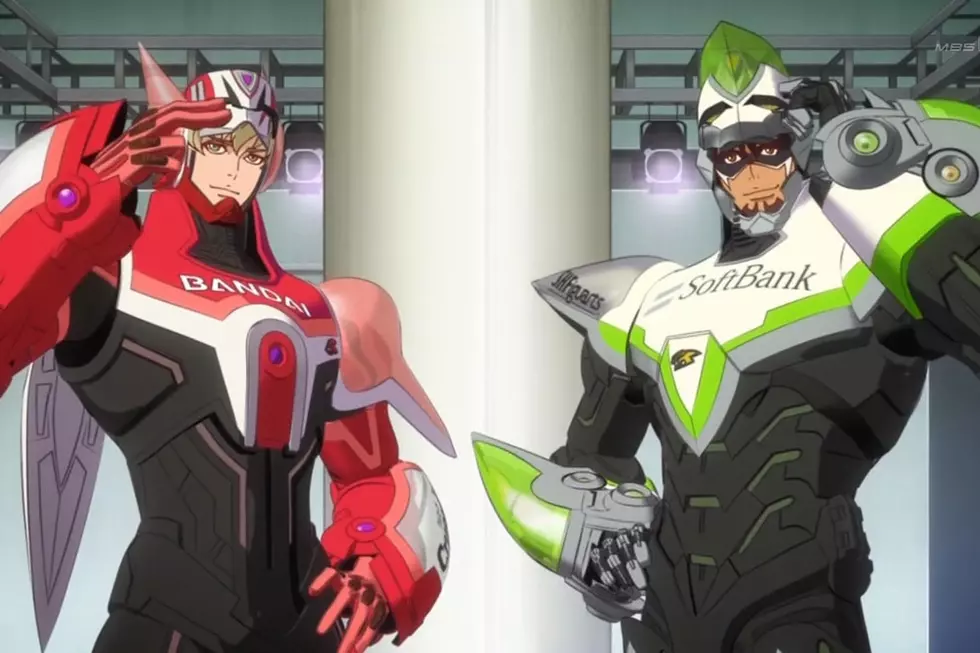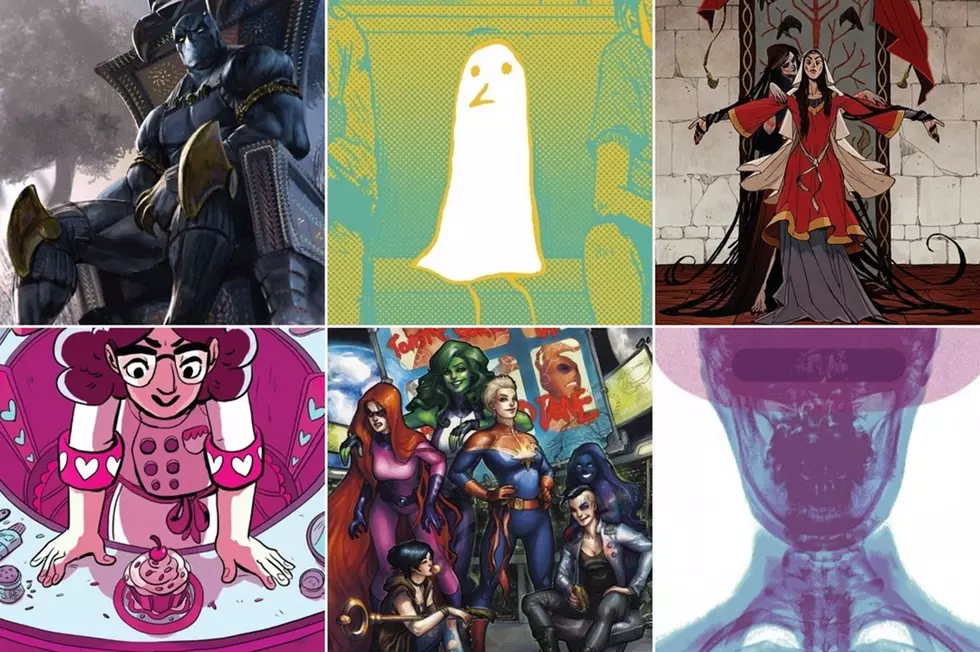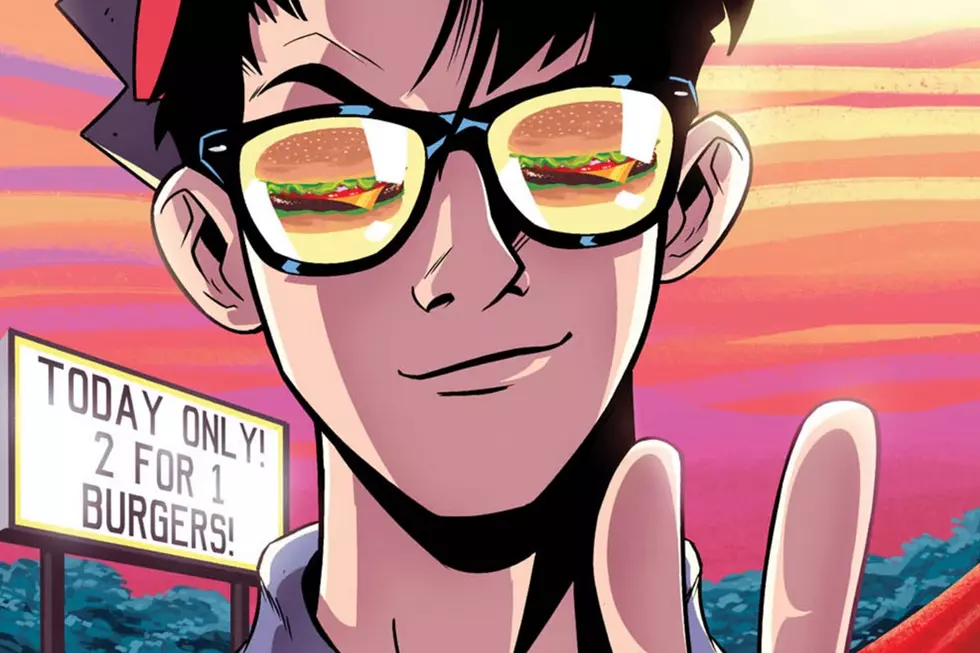![Inio Asano’s Apocalyptic ‘Nijigahara Holograph’ Confronts A Legacy Of Violence, Guilt And Trauma [Review]](http://townsquare.media/site/622/files/2014/06/Untitled-19.jpg?w=980&q=75)
Inio Asano’s Apocalyptic ‘Nijigahara Holograph’ Confronts A Legacy Of Violence, Guilt And Trauma [Review]
Please note: this review discusses a book that features sexual assault and violence against children.

With his first two English language releases, What A Wonderful World and Solanin (both published by Viz), Inio Asano had gained a reputation for creating thoughtful slice-of-life stories that earned him the reputation as being the voice of a generation. March saw the debut of the Fantagraphics' edition of Nijigahara Holograph, a book that's as difficult to read as it is stunning to look at. Ostensibly about the repeated sacrifices of a young woman to save the world from apocalypse, the introduction of alternating timelines (with no clear delineation) and mature elements elevates it beyond exploitation, even as it forces the reader into uncomfortable territory that's reminiscent of the work of David Lynch.
The book's hero (for lack of a better term) is Arié Kimura and the book presents her in various phases and versions of her of her life, occasionally as an adult but generally as a youth. When she's first introduced, she's a girl in middle school hearing of her estranged mother's death in a nearby tunnel. As her father tells her what happened, it's made obvious that there's a darker connection between the two, shown in perhaps the saddest manner possible.
It never gets easier for Irié, as she is murdered, raped and abused across multiple timelines and at different points in her history throughout the book. Worse, she's left essentially mute throughout the majority of the page count, a decision that probably won't sit well with the majority of readers (including myself.) This sort of violence against women seems especially galling to anyone who's read Asano's previous works, as his comics have featured well-written women and girls that overcome obstacles and enjoyed life.
At the same time, this story never feels cheap, even with the unrelenting bleakness of the narrative. What happens to Arié deeply impacts the lives of everyone around her, creating ripples throughout both timelines and affecting the destinies of her father, her classmates, and teacher among others.
If one can get past these elements (and that can be hard, without a doubt), Nijigahara Holograph manages to do many things very well. It's a sprawling story that never loses its focus on characters. It's symbolically laden without being heavy handed. It's beautifully drawn, with Asano maintaining his usual trademark attention to detail and ability to impart emotion in faces without resorting to caricature. If nothing else, this book is a triumph of craft.
In fact, the attention paid to the rest of the book makes me believe that it may to some extent serve as meta-commentary on Japanese pop culture's treatment of women.
Unless you've developed an extra brain lobe or two, you're going to find Nijigahara Holograph challenging, especially if (like me), you're tempted to compare it to the effortless, triumphant Solanin. That said, it's worth paying attention to if you want a worthwhile challenge. If you saw Shane Carruth's Upstream Color and want a similar combination of technical brilliance and emotional weight in your manga, then Nijigahara Holograph should definitely be in your "to read" stack, even if it's just to appreciate how very unique it is. Just be aware that it's a near-impossible book to unpackage in a single reading and that you may not want to go back again for quite some time. It carries a palpable dread that will haunt you well after you put it down.
Preview courtesy of Fantagraphics

More From ComicsAlliance
![The Song Is Ending: How ‘Solanin’ Speaks To The Truths Of A Life In Music [Music Week]](http://townsquare.media/site/622/files/2017/01/solanin-feat.jpg?w=980&q=75)








